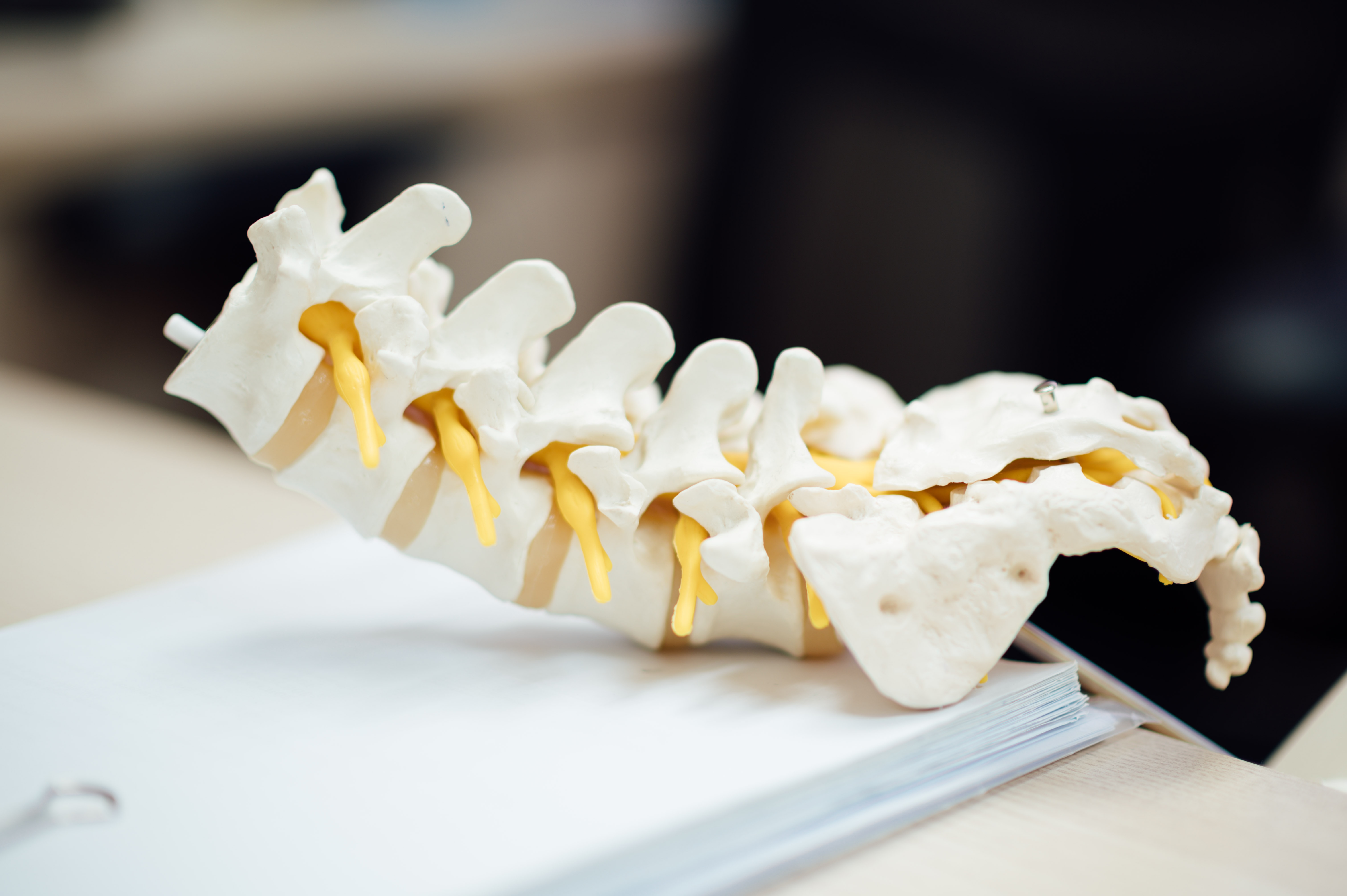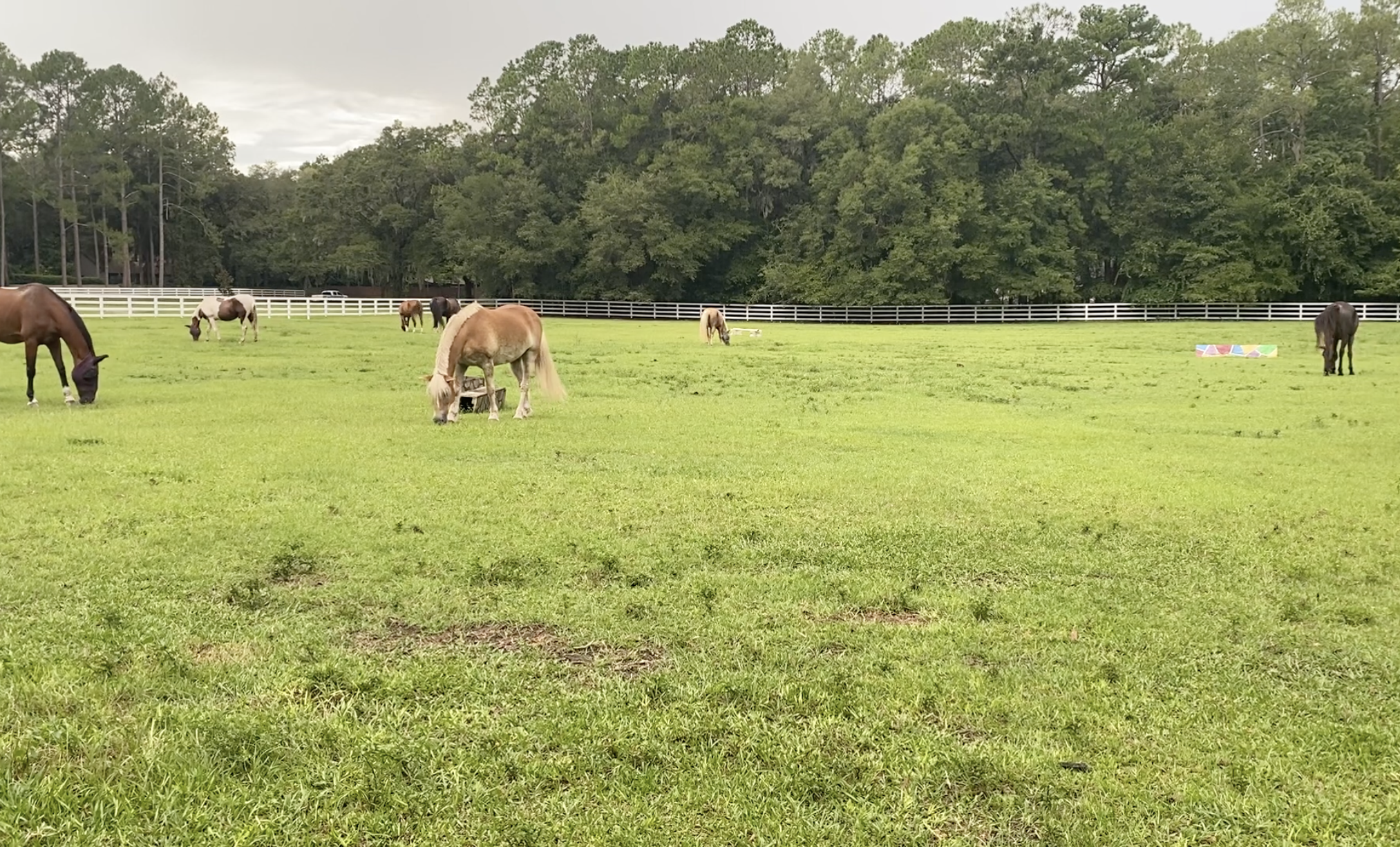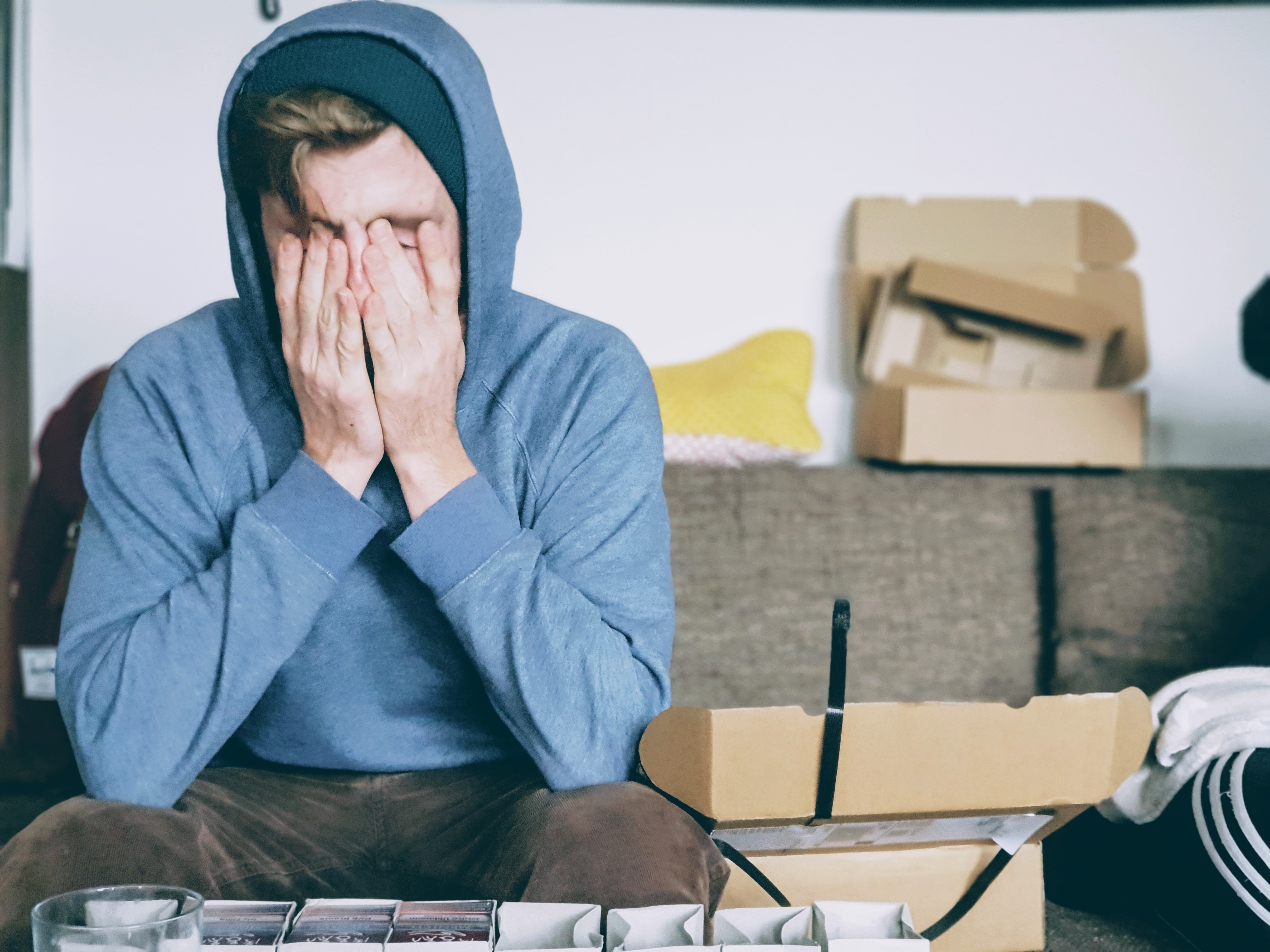Lower back pain is a widespread issue that affects countless individuals worldwide, resulting in significant discomfort and reduced quality of life. Whether you're currently suffering from lower back pain or looking to prevent it, understanding its root causes, available treatments, and effective preventative measures can empower you to take control of your back health. This comprehensive guide aims to provide you with a wealth of information to help you better manage and prevent lower back pain. We'll also include a helpful Q&A section to address common questions and concerns about this prevalent health issue.
Understanding the Causes of Lower Back Pain
Lower back pain can be attributed to various factors, ranging from lifestyle choices to underlying medical conditions. Here's a closer look at some of the most common causes:
Muscle or ligament strain: Overexertion, improper lifting techniques, or sudden movements can lead to strains in the muscles and ligaments that support the lower back, causing pain.
Disc issues: The spine's intervertebral discs function as cushions between the vertebrae. These discs can sometimes bulge or rupture, pressing on a nerve and resulting in pain.
Age-related changes: Degenerative disc disease and spinal stenosis are both age-related conditions that can lead to lower back pain. In the former, the discs lose their cushioning ability, while the latter involves the narrowing of the spinal canal, putting pressure on nerves.
Spinal misalignments: Conditions like spondylolisthesis, where a vertebra slips out of place, or skeletal irregularities such as scoliosis or lordosis can cause uneven pressure on the spine, resulting in pain.
Osteoarthritis: The breakdown of cartilage in the joints and discs of the lower spine can cause pain and stiffness, limiting mobility and impacting daily activities.
Diagnosing Lower Back Pain
A healthcare professional will typically begin the diagnostic process by obtaining a thorough medical history and conducting a physical examination. Depending on the findings, additional tests may be necessary, such as:
- X-rays to identify bone-related issues, including fractures or arthritis
- MRI or CT scans to provide detailed images of soft tissues, revealing potential problems with discs, nerves, or muscles
- Bone scans to detect bone abnormalities, like tumors or infections
- Nerve studies, including electromyography (EMG) and nerve conduction tests, to identify nerve compression or damage
Exploring Treatment Options for Lower Back Pain
The appropriate treatment for lower back pain depends on its underlying cause and severity. A combination of the following treatments may be recommended:
- Pain relievers, such as over-the-counter medications like ibuprofen or naproxen, can help alleviate pain and inflammation.
- Muscle relaxants may be prescribed to relieve muscle spasms and associated pain.
- Physical therapy, where a therapist teaches exercises to improve posture, strengthen the back, and increase flexibility.
- Epidural steroid injections can provide temporary pain relief by reducing inflammation around the nerves.
- Surgery, which may be necessary in cases where conservative treatments fail to provide relief, or when conditions like herniated discs, spinal stenosis, or spondylolisthesis are present.
Preventing and Treating Lower Back Pain Through Exercise
Regular exercise can help both prevent and alleviate lower back pain. Some beneficial exercises to incorporate into your routine include:
- Partial crunches to strengthen your core muscles, which in turn provide better support for your lower back.
- Hamstring stretches to alleviate tightness in the hamstrings, which can contribute to lower back pain. Lie on your back and gently pull one knee to your chest, keeping the other leg straight.
- Pelvic tilts can help engage and strengthen your core muscles. Lie on your back with knees bent and feet flat on the floor, tighten your abdominal muscles, and press your lower back into the floor by tilting your pelvis upward.
- Bird-dog exercises involve extending your right arm and left leg simultaneously while on your hands and knees, keeping them level with your body. Hold for a few seconds before switching sides.
- Bridging exercises help build strength in your lower back and core muscles. Lie on your back with knees bent and feet flat on the floor, then lift your hips off the ground while keeping your shoulders and feet firmly planted.
- Cat-cow stretches, performed on your hands and knees, involve alternating between arching your back (cat) and letting your belly sag (cow) while inhaling and exhaling.
- Wall sits can help strengthen your lower back and leg muscles. Stand with your back against a wall and slide down into a squat position, keeping your knees above your ankles. Hold for a few seconds before returning to a standing position.
It's essential to consult a healthcare professional if:
- Your lower back pain is severe or persists for more than a few weeks.
- The pain is accompanied by unexplained weight loss, fever, or chills.
- You experience weakness, numbness, or tingling in your legs.
- The pain worsens at night or when you lie down.
- The pain is caused by an injury, such as a fall or car accident.
Q&A Section:
Q: How can I prevent lower back pain?
A: Focus on maintaining a healthy weight, practicing good posture, lifting objects correctly, exercising regularly, and avoiding sitting for prolonged periods.
Q: Can a chiropractor help with lower back pain?
A: Yes, a chiropractor can perform spinal adjustments that improve spinal function and alleviate pain.
Q: What is sciatica?
A: Sciatica refers to pain caused by irritation or compression of the sciatic nerve, which runs from the lower back down the back of each leg.
Q: Is it okay to sleep on my stomach if I have lower back pain?
A: Generally, sleeping on your stomach is not recommended, as it can cause additional strain on your spine. Instead, try sleeping on your side with a pillow between your knees or on your back with a pillow under your knees.
Q: Can stress cause lower back pain?
A: Yes, stress can lead to muscle tension and tightness, which can contribute to lower back pain









